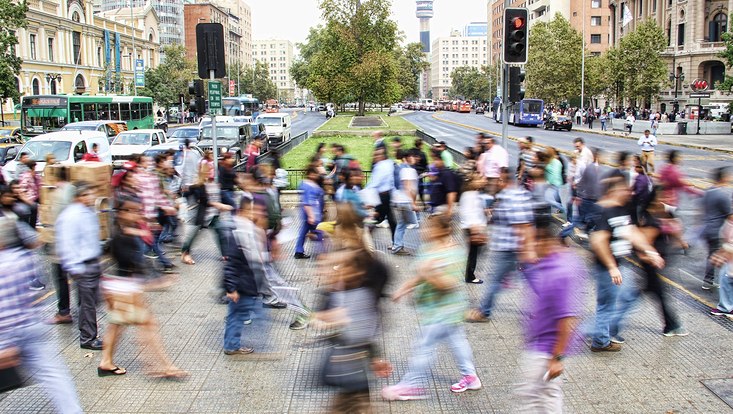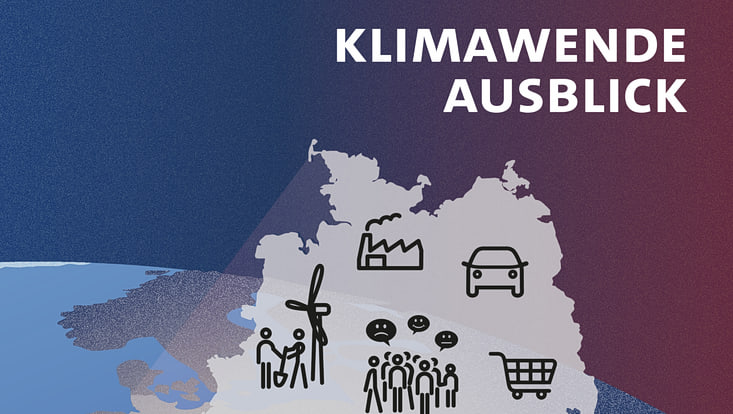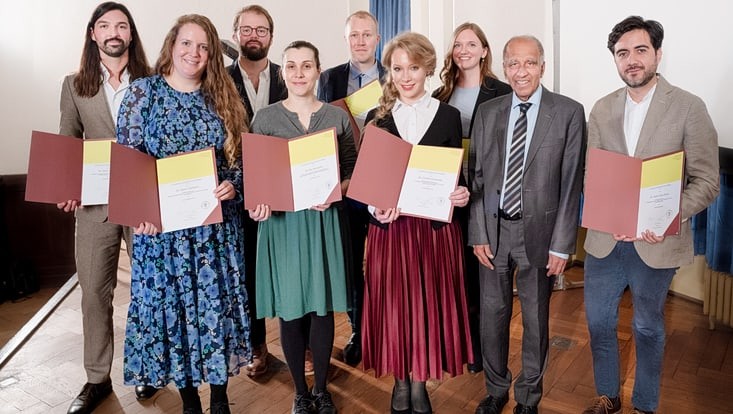and Society (CLICCS)
It’s all up to society1.5-degree Goal of the Paris agreement not in sight. What to do now?
12 April 2023, by Stephanie Janssen

Photo: Mauro Mora / Unsplash
The Hamburg Climate Futures Outlook 2023 analyzed ten key social drivers, from climate policy and the media to consumption patterns, together with six physical processes. According to its fi ndings, achieving the 1.5-degree goal is no longer plausible. What to do now? We spoke with Dr. Anna Pagnone and Dr. Andrés López Rivera, who co-edited the study.
The 1.5-degree goal is nowhere in sight, or as you put it, is “no longer plausible.” What’s the difference between possible and plausible?
Anna Pagnone: Various climate futures are possible, but not all of them are plausible. We systematically assess plausibility on the basis of the past and present worldwide development of certain key social factors.
How exactly did you do that?
Andrés López Rivera: We developed a theoretical model with which we analyze social drivers such as social movements or climate litigation. We then use these models to systematize the currently available empirical evidence. In this way, we assess the plausibility of societal change toward deep decarbonization by 2050 – the prerequisite for the 1.5-degree goal. At present, however, none of the drivers is strong enough.
According to the study, the timely exit from fossil fuels is being blocked by consumption patterns and corporate responses, while other drivers like protest movements and climate litigation are still too weak. Should we now focus on the 2-degree goal instead?
López Rivera: No! We shouldn’t throw out the 1.5-degree goal; we need to make it plausible again. Every bit of global warming that can be avoided, counts.
What needs to happen?
Pagnone: In part, the changes have to take place bottom-up, which is up to each of us. But they definitely have to happen top-down, too. Responsibility can’t be transferred to the individual. Policymakers need to take the helm, companies need effective guidelines.
López Rivera: Generally speaking, we identified three gaps: knowledge, ambition, and implementation. Knowledge gaps need to be addressed, targets need to be far more ambitious, and policies need to be implemented more consistently.
You also analyzed a number of much discussed physical processes in terms of whether they endanger achieving the Paris climate goals. What did you find?
Pagnone: All of the processes analyzed can have devastating effects. Yet, if we consider the global temperature alone, three of them will have no impact on it: polar ice-sheet melt, Arctic sea-ice decline, and regional climate change. Dieback of the Amazon Forest and thawing permafrost will have a minimal impact. For comparison: the emissions from the two processes between now and 2050 would be roughly equivalent to what the human race currently generates in two years. As such, the answers will have to come from society.
And what about global inequalities, especially climate justice?
López Rivera: It is the result of the current deadlock on UN climate policy. Industrialized countries are responsible for the lion’s share of emissions but can also much more readily cope with cli[1]mate change than emerging economies. The funds currently approved by the donor countries don’t even come close to financially compensating for the impacts.
___________________________________________
New study: Hamburg Climate Futures Outlook 2023
CLICCS Quarterly
The article was published in CLICCS Quarterly magazine, the news from the Cluster of Excellence every three month.


